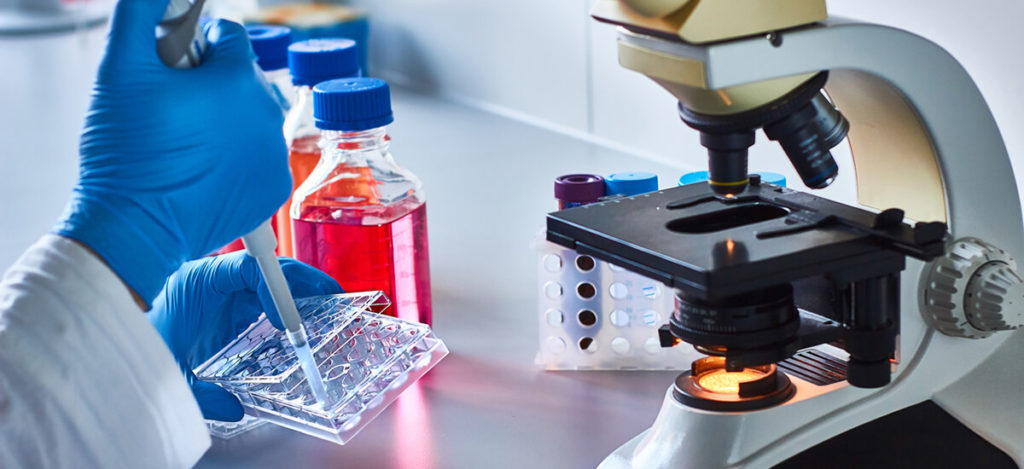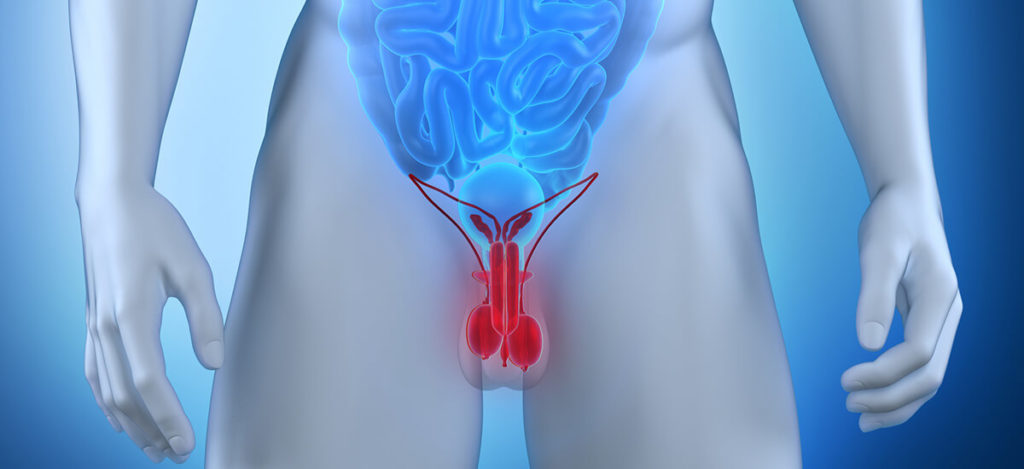RATIONALE: Chemoprevention therapy is the use of certain drugs to try to prevent the development of cancer. It is not yet known which regimen of selenium and/or vitamin E may be more effective in preventing prostate cancer.
RATIONALE: Chemoprevention therapy is the use of certain drugs to try to prevent the development of cancer. It is not yet known which regimen of selenium and/or vitamin E may be more effective in preventing prostate cancer. PURPOSE: Randomizedphase III trial to determine the effectiveness of selenium and vitamin E, either alone or together, in preventing prostate cancer. Condition:- Prostate Cancer Study Type: InterventionalStudy Design: Prevention Official Title: Phase III Randomized Study of Selenium and Vitamin E for the Prevention of Prostate Cancer (SELECT Trial)Further Study Details: OBJECTIVES:Compare the effect of selenium and vitamin E administered alone vs in combination on the clinical incidence of prostate cancer. Compare the effect of these prevention regimens on the incidence of lung cancer, colorectal cancer, and all cancers combined in participants on this study. Compare the effect of these prevention regimens on prostate cancer-free survival, lung cancer-free survival, colorectal cancer-free survival, cancer-free survival, overall survival, and serious cardiovascular events in these participants. Compare the quality of life of participants treated with these regimens. Determine the association of biological molecular markers with the risk of prostate cancer, lung cancer, and colon cancer in these participants. Determine the relationship between the effects of these regimens on prostate cancer risk and genetic factors in these participants. Determine whether the effects of these regimens on prostate cancer risk are conditional upon pre-study use of these supplements by these participants. Determine whether the effects of these regimens are conditional upon intake of other nutrients, foods, and dietary supplements by these participants. Determine the effect of other dietary nutrients and dietary patterns on prostate cancer risk in these participants. OUTLINE: This is a randomized, double-blind, multicenter study. Participants are randomized to one of four prevention arms.Arm I: Participants receive 2 different oral placebos once daily. Arm II: Participants receive oral selenium and oral placebo once daily. Arm III: Participants receive oral vitamin E and oral placebo once daily. Arm IV: Participants receive oral selenium and oral vitamin E once daily. Treatment continues for 7-12 years in the absence of unacceptable toxicity or diagnosis of prostate cancer. Quality of life is assessed at baseline and then at 1, 3, 5, and 7 years.Participants are followed semi-annually.PROJECTED ACCRUAL: A total of 32,400 participants (8,100 per prevention arm) will be accrued for this study within 5 years. Eligibility Ages Eligible for Study: 50 Years and above, Genders Eligible for Study: Both Criteria DISEASE CHARACTERISTICS:Males age 55 and over (African American males age 50 and over) Digital rectal examination deemed not suspicious for prostate cancer performed within 180 days prior to study Total PSA no greater than 4.0 ng/mL within 180 days prior to study [1] Southwest Oncology Group[2] National Cancer Institute (NCI)[3] National Center for Complementary and Alternative Medicine (NCCAM)[4] Eastern Cooperative Oncology Group[5] Cancer and Leukemia Group B[6] National Cancer Institute of CanadaWestmead Hospital, Westmead, New South Wales, 2145, Australia; Recruiting Richard Kefford, MD, PhD 61-2-9845-6033
All content and media on the HealthEngine Blog is created and published online for informational purposes only. It is not intended to be a substitute for professional medical advice and should not be relied on as health or personal advice. Always seek the guidance of your doctor or other qualified health professional with any questions you may have regarding your health or a medical condition. Never disregard the advice of a medical professional, or delay in seeking it because of something you have read on this Website. If you think you may have a medical emergency, call your doctor, go to the nearest hospital emergency department, or call the emergency services immediately.







